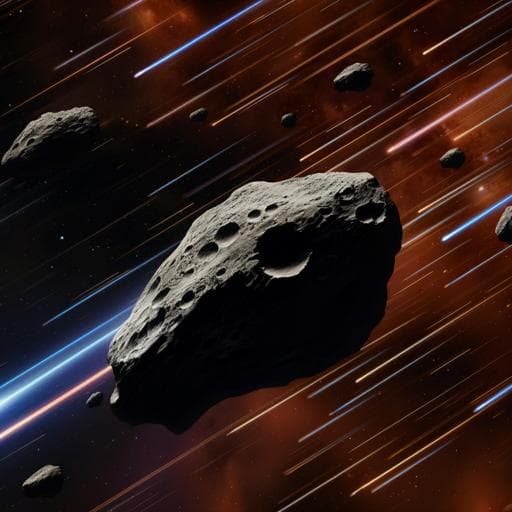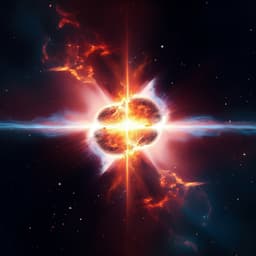
Space Sciences
Near-infrared observations of active asteroid (3200) Phaethon reveal no evidence for hydration
D. Takir, T. Kareta, et al.
Asteroid (3200) Phaethon, noted for its role in the Geminid meteor shower, shows intriguing activity close to the Sun. Despite extensive analysis by Driss Takir and colleagues, our findings reveal no signs of hydration, challenging existing theories on its behavior. This study opens new avenues in understanding its origins and potential links to the Pallas family.
~3 min • Beginner • English
Related Publications
Explore these studies to deepen your understanding of the subject.







